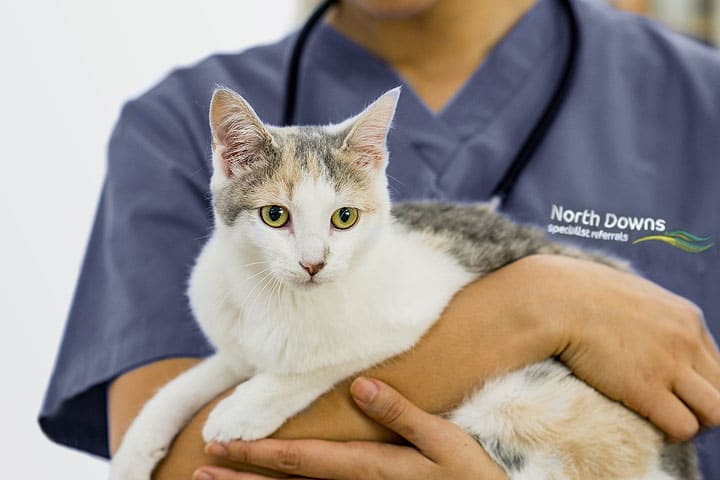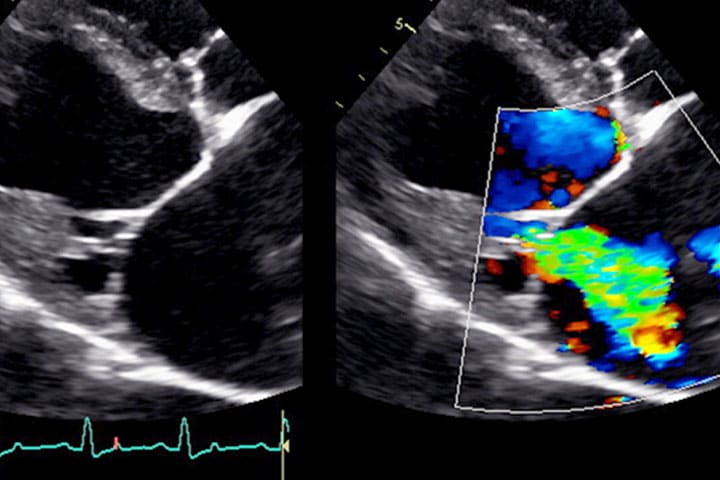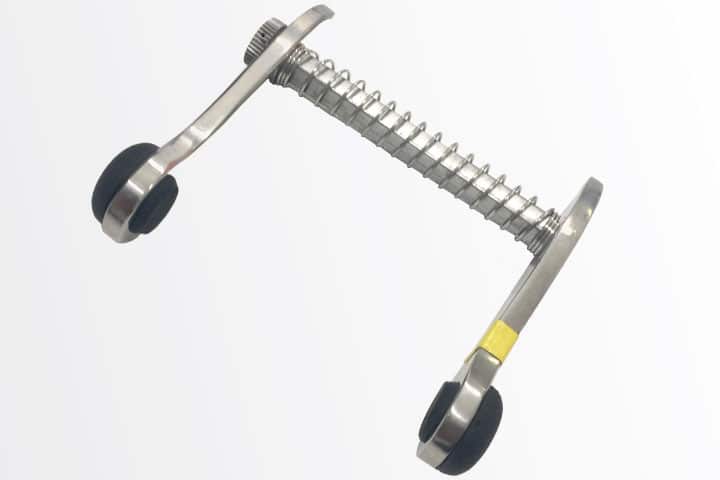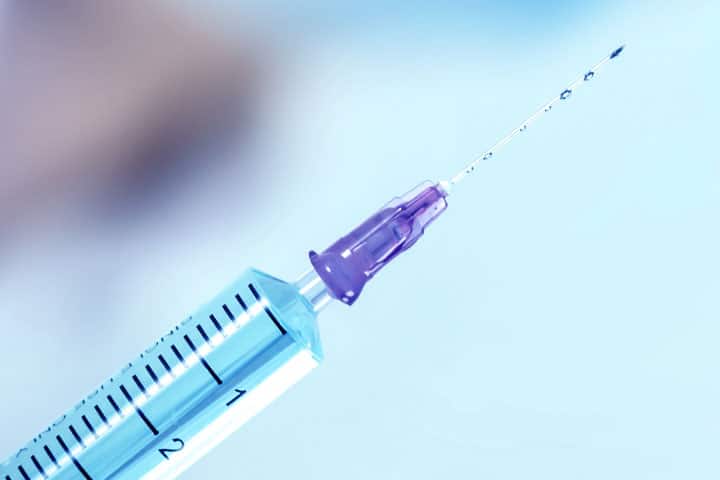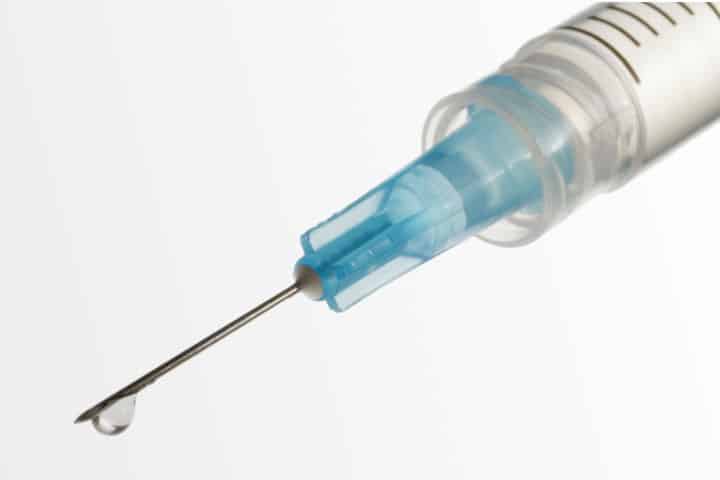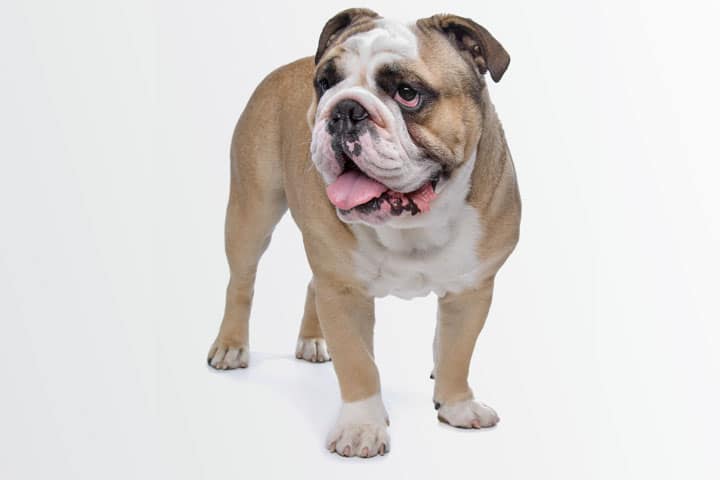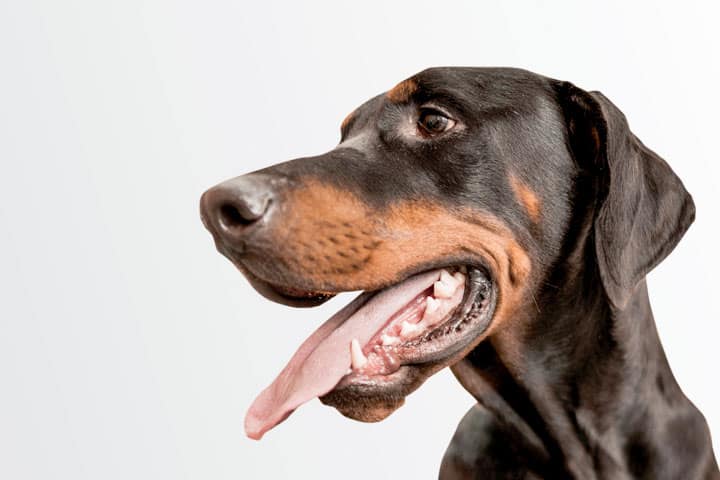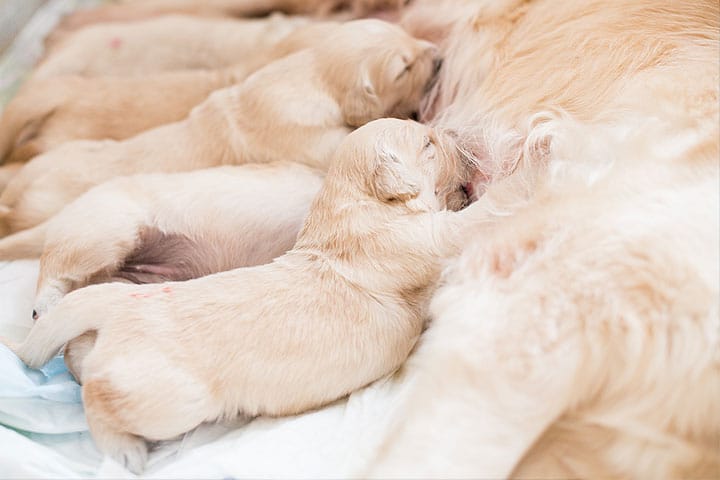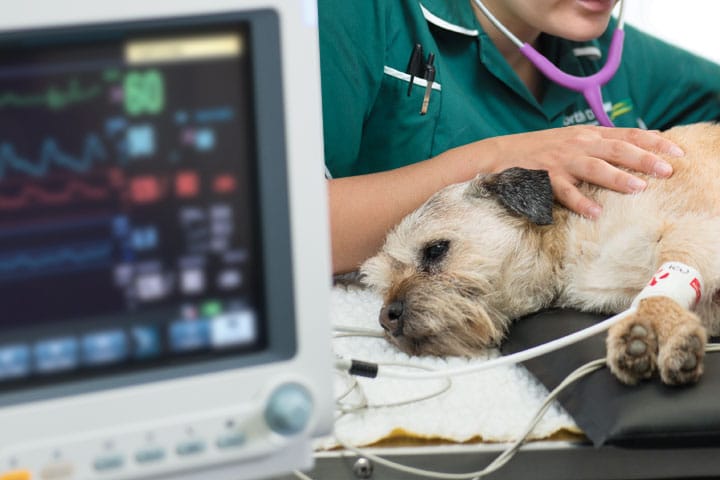The Challenges of Subclinical Myocardial Disease in Cats
Myocardial disease is common in cats with a prevalence of around 15% of the general population, that increases up to approximately 30% in older cats. Hypertrophic cardiomyopathy is the most common form of myocardial disease but other, less common forms of myocardial disease, including restrictive cardiomyopathy (RCM), dilated cardiomyopathy (DCM) and arrhythmogenic cardiomyopathy (ARVC) are…
Read MoreRefractory Heart Failure – Causes and Treatment Options
Although the vast majority of heart failure cases in dogs and cats are relatively straightforward, at some point, there will be a case where the treatment does not have the effect that we expect. In this webinar, Joel will discuss how to identify the more common reasons for treatment failure in dogs with congestive heart…
Read MoreThe Use of Spring-Loaded Mouth Gags in Cats
Rarely, blindness can be seen following anaesthesia, in previously seemingly-healthy cats. Blindness can be caused by ocular or central nervous system (CNS) abnormalities. Post-anaesthetic blindness is most commonly due to CNS disorders, and an ophthalmological exam would be expected to be unremarkable. While many CNS abnormalities can cause blindness (neoplasia, inflammation etc), in the post-anaesthesia…
Read MoreLocal Anaesthesia for General Practice: Castration
Male Orchiectomy is a very common surgical procedure in veterinary practice. The procedure can be extremely painful and although systemic pain medication is routinely included as part of the peri-anaesthetic protocol, some cases still respond to surgical stimulation and may display signs of pain during recovery period. The use of local anaesthetic techniques provides additional…
Read MoreLocal Anaesthesia Techniques for Ovariohysterectomy
Female ovariohysterectomy is one of the most common surgical procedures in veterinary practice. It can be extremely painful and although systemic pain medication is routinely included as part of the peri-anaesthetic protocol, some cases still respond to surgical stimulation and may display signs of pain during recovery period. The use of local anaesthetic techniques provides…
Read MoreMinimising Risk of Anaesthesia in Brachycepalic Dogs
Anaesthesia and airway management in brachycepalic patients can be very challenging and a source of concern to vets and owners. Due to the presence of BOAS and the high risk of gastro oesophageal reflux, these patients are at high risk of complications, particularly during induction and recovery. The most common complications relate to airway obstruction…
Read MoreHow Does Acupuncture Work?
Acupuncture consists of insertion of fine solid needles at certain locations (acupuncture points). The needles are inserted into muscles and left in place for 10 to 20 minutes. Acupuncture finds its origins in traditional Chinese medicine, in which it is believed that needles work by influencing ‘qi’ (energy) that flows through meridians in the body. …
Read MoreAnaesthetic Considerations for C-Sections in Dogs
When considering an anaesthetic protocol for a C-section, it’s important to first understand the physiologic changes associated with pregnancy and to minimise foetal effects of anaesthetic drugs in order to minimise foetal respiratory, central nervous system and cardiovascular depression and deliver healthy puppies. Objectives Maintain uterine perfusion Rapid extraction of the puppies Provide analgesia and…
Read MoreRecent Advances in Small Animal Anaesthesia
In this case-based approach webinar, Rui Pinelas, RCVS and European Specialist in Anaesthesia and Analgesia, highlights recent developments in small animal anaesthesia, focusing on the relevance for general practitioners… Recent Advances in Small Animal Anaesthesia
Read MoreAnaesthesia of the Neonate and Paediatric Dog and Cat
In this webinar we will briefly review physiology of the neonate and paediatric dogs and cats relevant to the anaesthetist and practical strategies to improve the perioperative period. Anaesthesia of the Neonate and Paediatric Dog and Cat
Read More